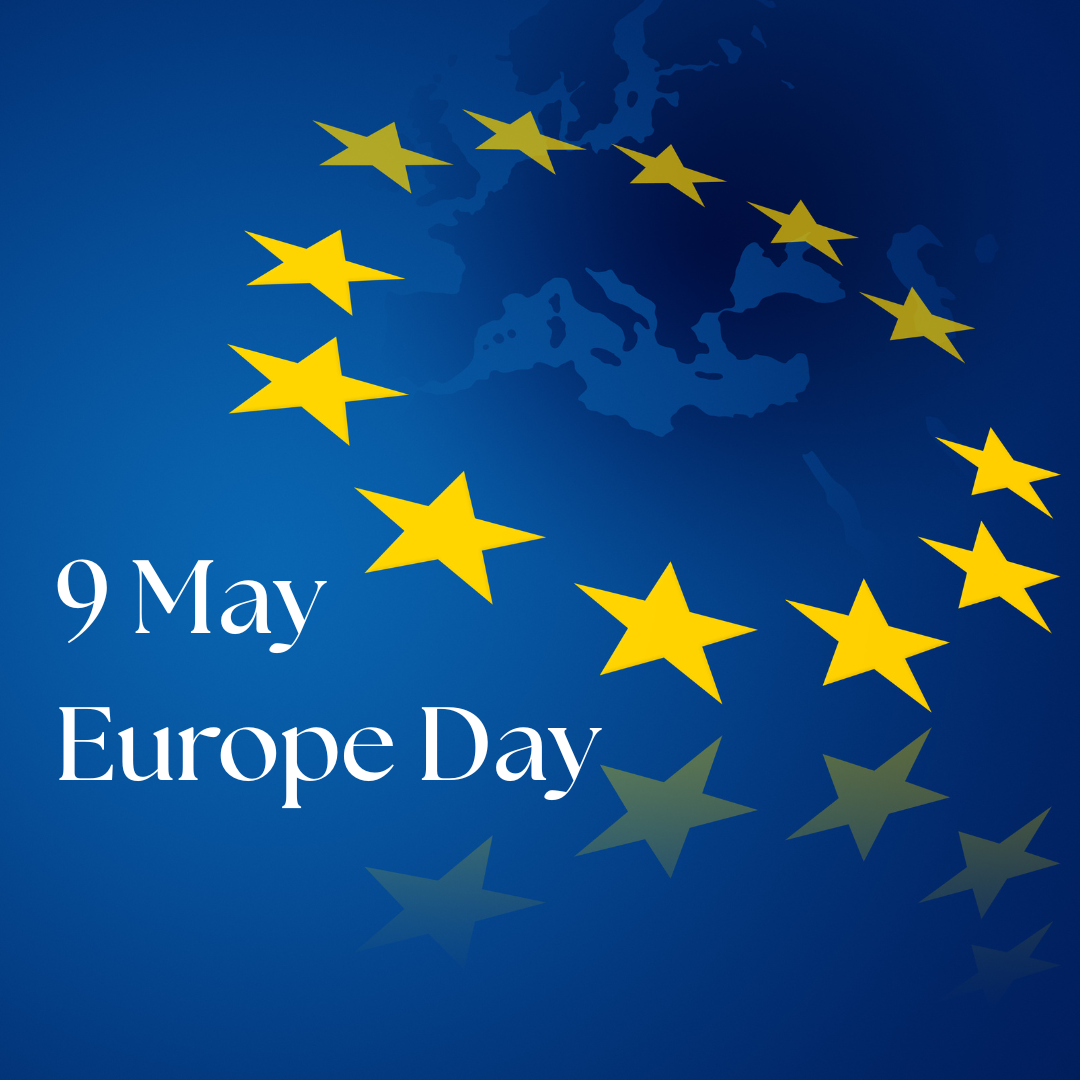May 9: Europe 75 Years After the Schuman Declaration

Alfredo De Feo
May 9 is an important date for Europe: the declaration launched by Robert Schuman in 1950 marked the beginning of the European project and opened an unprecedented period of peace in the history of our countries.
The idea of building peace in Europe through cooperation between states originated with the Ventotene Manifesto by Spinelli, Rossi, and Colorni, and with Winston Churchill’s exhortations in his famous speeches in Zurich and The Hague. But it was Robert Schuman, the French Foreign Minister, who concretely rose to the challenge by appealing to other states, translating the idealistic drive of Spinelli and others into political action.
On May 8, Schuman presented his plan—prepared in the utmost secrecy together with Jean Monnet—to the Economy Ministers of the United Kingdom, Italy, and the three Benelux countries. That evening, all preparatory documents were destroyed. After securing the agreement of the five countries’ ministers, Schuman sent a personal emissary to Bonn to inform Konrad Adenauer of the French proposal. The following morning, upon receiving news of Chancellor Adenauer’s enthusiastic reaction, Schuman informed the French government and called the press conference to be held at the Quai d’Orsay on May 9 at 6 p.m.
Thus, Robert Schuman presented the declaration that would pave the way for the gradual integration process of the six founding countries of the European Community.
The Schuman Declaration clearly outlined a series of objectives that were shared by statesmen like Konrad Adenauer, Alcide De Gasperi, and the Benelux countries. A small detail: discussions between these post-war leaders were conducted in German.
The language of the declaration is simple, and while it states the ambitious goal of building European unity, it does so realistically: “Europe will not be made all at once, or according to a single plan. It will be built through concrete achievements which first create a de facto solidarity.”
The deeper motivation of the declaration is found in its opening lines: “Europe has not been made: we had war… World peace cannot be safeguarded without the making of creative efforts proportionate to the dangers which threaten it.”
Therefore, May 9, 1950, sets the goal of building and preserving peace.
However, remembering such an important anniversary should not only be about looking back—it must also be an occasion to reflect on the present and the future. Europe has been built step by step. Jean Monnet believed that Europe would be forged in crises and would be the result of the solutions adopted in response. When everything seemed lost, everything started again. That is what gives us hope.
In the Europe of Delors, European idealism prevailed: the realization of the Single Market, the fall of the Berlin Wall, enthusiasm for the emerging democracies of Central and Eastern Europe, and last but not least, the creation of the single currency.
The dawn of the new millennium saw growing skepticism toward the integration process. The challenges faced by countries joining the EU, financial and Eurozone crises, Brexit, the pandemic, Russian expansionism, and the shift in the U.S. administration have all subjected today’s Europe to a tough test whose outcome remains uncertain.
On the other hand, these very crises have helped rebuild a renewed European unity, allowing for united negotiations with the United Kingdom, support for Ukraine, the launch of joint debt through the Recovery and Resilience Plan—measures which, despite challenges in implementation, have restored hope and a sense of European belonging among a majority of EU citizens.
That said, we cannot ignore worrying signs: the rise of nationalist and pro-Russian parties in many European countries, the divisive rhetoric of the new American administration. The geopolitical landscape is shifting, but a new balance has not yet been reached. Statements from President Trump, President von der Leyen, Prime Minister Meloni, and other world leaders are part of a strategic game that must eventually settle.
Europe undoubtedly has weaknesses, especially in technology and innovation capacity—many of which are due to a non-Europe, that is, all that Europe could have done but has not yet accomplished. The conclusions of the Letta Report on completing the single market, the upcoming report by Mario Draghi on revitalizing European competitiveness, and the recommendations of ECB President Christine Lagarde, who urges swift reform, all give reason to hope that there is still room for a European relaunch.
In conclusion, Europe possesses many tools to defend its sovereignty and development model. Let us hope that states, under the guidance and coordination of the EU institutions, make courageous decisions—as they have in the past—because that is how Europe works today. We must not hide behind the excuse of unanimity. In the past, many key decisions were taken by the states that believed in them, leaving the door open to others. This was the case with the creation of the Euro and the Schengen Agreement, which abolished internal borders within the Union. The “Europe of the willing” can again allow us to make a leap forward in this time of crisis.
Edited by Edward Lynch


